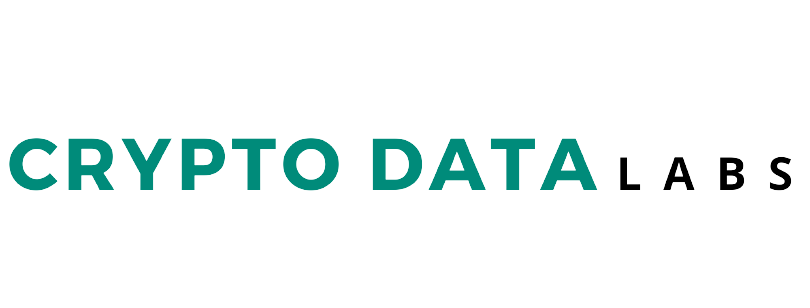There is so much to learn if you want to invest in digital currencies like Bitcoin, Litecoin, and Ethereum. From hashing algorithms to proof-of-work vs proof-of-stake, there are many technical terms that can be overwhelming for first-time cryptocurrency investors. However, knowing these common words will help you understand the risks and rewards of investing in this emerging asset class. To help new investors succeed in the volatile world of cryptocurrencies, we’ve compiled a list of essential crypto terms that you should know before you invest. Knowing these can also assist those who are already invested and wish to deepen their knowledge and understanding of this dynamic space.
Token
A token is a representation of a digital asset. They are designed to be used on the blockchain or distributed ledger of the parent cryptocurrency.

Tokens are usually built on top of another blockchain, such as Ethereum. There are many different tokens you might encounter as you research cryptocurrencies. Some examples of tokens include utility tokens and security tokens. Utility tokens provide access to a product or a service. Security tokens represent ownership in an asset, like shares in a company or real estate.
Smart Contract
A smart contract is a self-executing contract built into an application built on a blockchain. This is the same blockchain that a token may be built on. The code is publicly viewable and verifiable on the blockchain, locking two parties into the terms of the contract with no room for fraud. Smart contracts are permanent records, so once the parties agree to an initial contract, it cannot be changed.

This makes smart contracts ideal for investments like ICOs where one party needs to know the terms are set and won’t change once they send the required funds to the other party.
ICO – Initial Coin Offering
An ICO, or Initial Coin Offering, is a new way to fund a new cryptocurrency venture. It is similar to an IPO, but it uses tokens instead of shares. Tokens are distributed to investors in exchange for money. The ICO is used to raise money for a new service or product, like a new blockchain. Investors should be wary, though, as many ICOs are scams or don’t deliver on their promises. An example of an ICO that was wildly successful is Ethereum. The ICO took place in August 2014 and raised $18 million. The original token is now worth over $100 billion. ICOs are risky, though, and you should use caution when investing.
Proof of work
Proof of work (PoW) is a type of algorithm that is used by a blockchain network to distribute data. Traditionally, this is used by cryptocurrencies like Bitcoin to verify transactions but also to release new Bitcoin into the system. The network is verifiably fair and transparent because the hash rate of each computer on the network is published and easily verifiable by anyone. PoW is designed to be resource-intensive and time-consuming, which is a crucial element in preventing malicious actors from abusing the network. One of the downsides of PoW is that it requires a lot of energy and can be costly.
Proof of Stake (PoS)
The proof of stake (PoS) algorithm was created as an alternative to the proof of work algorithm. This is used by many new blockchains and cryptocurrencies to verify transactions and release new tokens into the system. PoS is basically a way to verify transactions and determine who gets what in the network. For example, in the Stellar network, validators must lock up their XLM (the native token) in order to be a validator. And the more XLM a validator has locked up, the more transactions they can confirm. So basically, a validator is putting their money where their mouth is. If a validator is not acting honestly, they will lose their stake.
POW vs POS
The proof of work (PoW) vs proof of stake (PoS) debate is raging in the cryptocurrency community. These are different algorithms that are used to verify transactions and determine who gets what in a blockchain network. The main difference between the two is the amount of energy required to run each algorithm. PoW uses a lot of energy, but it is also very secure. Proof of stake, on the other hand, is less secure but uses much less energy.
Hashing
Hashing is a method to organize data into a fixed length. It uses an algorithm to create a unique fingerprint of the data. When someone verifies the data, they are comparing the original fingerprint to the newly calculated fingerprint. This is basically used in blockchain networks to verify transactions and create new tokens. Hash Power is the amount of computing power a miner brings to the network. Hash Rate is the number of hashes the network is able to calculate each second.
Distributed Ledger Technology (DLT)
Distributed ledgers are a type of database that’s decentralized. Their main purpose is to create trust and transparency in a network. DLT is a collection of data that is verified by multiple sources and stored across multiple computers.

They are immutable and cannot be altered or manipulated. The first blockchain was created in 2009. Since then, many different types of blockchains have been created. A decentralized ledger is a database that’s not controlled by one central party. There are many different types of decentralized ledgers. Blockchains are a specific type of decentralized ledger.
Merged Mining
Merged mining is a hybrid consensus algorithm that allows two different networks to verify each other’s transactions. Basically, miners are able to validate two different networks at once with the same amount of effort. Merged mining is an important feature of many networks, especially ones that are small and new. This provides a network with a lot of hashing power and security, which is important in the early stages before the network has grown significantly.
Conclusion
In this article, we explored common cryptocurrency terms that every new investor should know before they jump into this emerging and dynamic asset class.
Note: This is not financial advice. This how-to article is for educational purposes only. Please note that cryptocurrency is a highly volatile asset class; only invest what you can afford to lose.


